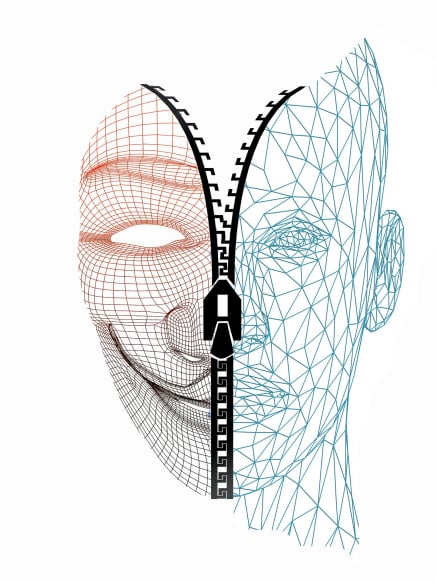
Brene Brown ...
-The Power of Vulnerability
-Listening to Shame

Brene Brown ...
-The Power of Vulnerability
-Listening to Shame

Narcissism Explained Videos
-Dr. Romani YouTube Channel
-Darren F. Magee YouTube Channel
People Pleasing and Being too Nice!
-Dr. Gabor Mate YouTube video
-How Being too Nice can Kill You


More Than Just Talk- How Psychotherapy Changes Your Brain - January 15, 2015 07:55 by Lisa La Rose, M.A., L.P.C. Excerpt from article online.
Psychotherapy may seem to be just a client and therapist talking about the client’s problems and symptoms in a supportive environment, but much more is happening. Often, therapy focuses on recognizing and changing thought patterns and beliefs that cause suffering and problems with functioning and relationships.
Sometimes, our thought patterns are so automatic and unconscious that we don’t even notice them. How often do we think about our thinking?
Thoughts often lead to feelings which, in turn, lead to behaviors. Depression is an example. Depressive thoughts can increase depressive feelings, leading to the behaviors of inactivity and isolation. The feelings of depression tell us to stay in bed and pull the covers over our head. In cases of severe clinical depression, medication may be needed to help people get the most from counseling, but therapy can also work to change brain activity and imbalances that contribute to a depressed mood.
According to Marriage and Family Therapist, Dr. Athena Staik (2011), our subconscious and conscious mind and bodies are always in a state of either self-protection or learning –surviving or thriving. When we have toxic, anxious, depressive, or negative thinking, we tend to remain in more of a survival mode. These thoughts can become self-perpetuating because they create deeper and deeper “pathways” in the brain that get reinforced each time we entertain the toxic thoughts. Spending too much time in survival mode is hard on our bodies, and it limits our ability to learn and thrive. In counseling, clients learn that it is possible to consciously use language and practice self-talk that enable us to move from survival mode to learning mode.
With the advent of non-invasive technology like positron emission tomography (PET), single photon emission computed topography (SPECT), and functional magnetic resonance imaging (fMRI), we can now view the workings of the brain with minimal risk to the individual. These tools enable us to see changes in blood flow, electrical activity, chemistry, and brain structure (Linden, 2006).
We can now see what is happening inside the brain during counseling. In a study using neuro-imaging technologies, D. Linden (2006) found that psychotherapy interventions can change the brain in ways that are similar to the changes caused by selective serotonin re-uptake medications (SSRIs).
AI Website Builder